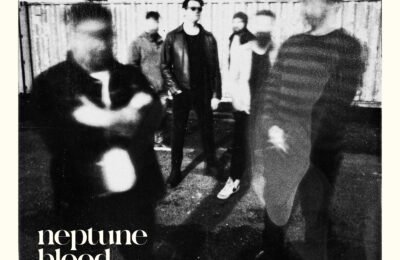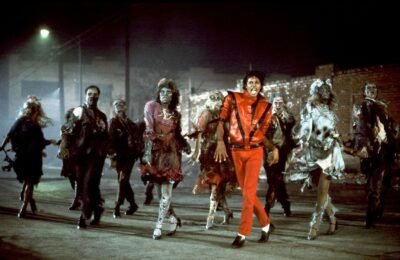The Path of Experimentation: Pink Floyd’s Artistic Evolution
Syd’s Departure and a New Direction
While working on their second album under Norman Smith, tensions in the studio were palpable. Syd Barrett’s mental state made collaboration increasingly difficult. Peter Jenner recalled the struggle:
It was incredibly stressful waiting for Syd to deliver songs for the album. Everyone was counting on him, but he couldn’t do it. Jugband Blues was deeply melancholic, a testament to his nervous breakdown. His last composition, Vegetable Man, was haunting—a vivid self-portrait. Roger Waters shelved it for being too dark, and rightly so. It’s unsettling, like flashes of lucidity.
Ultimately, the band made the difficult decision to part ways with Barrett. The group’s manager left with him, convinced Pink Floyd would fail without Syd. However, the band, now led by Roger Waters, began to find its footing.
A Saucerful of Secrets: Experimentation Takes the Stage
With Barrett gone, Pink Floyd pushed boundaries. A Saucerful of Secrets explored longer, more experimental tracks while maintaining a psychedelic essence. Though Norman Smith continued to push for radio-friendly songs under three minutes, the band insisted on creative freedom. The result was a bold, innovative album.
For the cover art, Storm Thorgerson, a longtime collaborator, made his debut with the band. His surreal design was the first of many iconic Pink Floyd album covers.
While A Saucerful of Secrets didn’t replicate the commercial success of their debut, it garnered a dedicated underground following. These listeners, eager for music that defied convention, embraced the album’s ambitious scope. This burgeoning fanbase would propel Pink Floyd to the forefront of the avant-garde scene.
Film Scores and the Rise of the Underground Soundtrack
The late 1960s saw filmmakers drawn to Pink Floyd’s experimental sound. In 1969, director Barbet Schroeder commissioned the band to score his film More, a story about hallucinogenic substances.
The soundtrack showcased the band’s versatility, with tracks like Cymbaline, Cirrus Minor, and The Nile Song. Schroeder later admitted:
The music’s quality was so overwhelming that I had to lower the volume during some scenes—it was too powerful.”
While David Gilmour and Rick Wright enjoyed the creative process, Roger Waters found the project less inspiring, viewing the film’s subject as unappealing.
Live Experimentation and Ummagumma
On stage, Pink Floyd embraced lengthy improvisations and elaborate light shows. Some concerts featured only four or five extended tracks, creating immersive experiences for the audience. This approach informed their first double album, Ummagumma (1969).
The first disc captured live performances, including the celebrated Careful with That Axe, Eugene. The second disc was an experimental showcase, with each band member contributing a solo composition.
The album cover, designed by Storm Thorgerson, reflected the band’s layered sound. The front featured a “regression infinite” image, while the back displayed the band’s equipment, arranged by Nick Mason to mimic military aircraft photos.
Collaborations and Atom Heart Mother
In 1970, Roger Waters met composer Ron Geesin through Nick Mason and Robert Wyatt. They collaborated on the experimental film The Body, which explored the human anatomy. Despite the challenging process, the partnership inspired Waters to push Pink Floyd’s creative boundaries.
For their next album, Atom Heart Mother, the band invited Geesin to contribute. The title track, a sprawling experimental piece, featured an orchestra and choir. Geesin helped unify the disparate sections, transforming it into a cohesive work. Nick Mason recalls:
Ron taught us invaluable recording techniques, We learned to do things ourselves, like creating echo loops with two tape machines. This DIY approach shaped our future sound.”
The album was a commercial triumph, reaching number one in the UK and gaining popularity in France. Pink Floyd’s use of quadraphonic sound on tour further cemented their reputation as pioneers of sonic innovation.
Soundtracking Zabriskie Point
The group continued their film work with Michelangelo Antonioni’s Zabriskie Point (1970), contributing several tracks. The film critiqued American consumerism through the story of two idealistic youths dreaming of societal change.
While the movie achieved only modest success, Pink Floyd’s involvement added depth to its artistic impact. Tracks like Careful with That Axe, Eugene echoed the film’s themes of disillusionment and rebellion.
A New Era of Creativity
As Pink Floyd embraced experimentation, they redefined the boundaries of rock music. With their avant-garde compositions, groundbreaking live performances, and innovative use of technology, the band emerged as one of the most forward-thinking acts of their time. Despite the challenges of Syd Barrett’s departure, they were poised to embark on their most iconic era yet.










